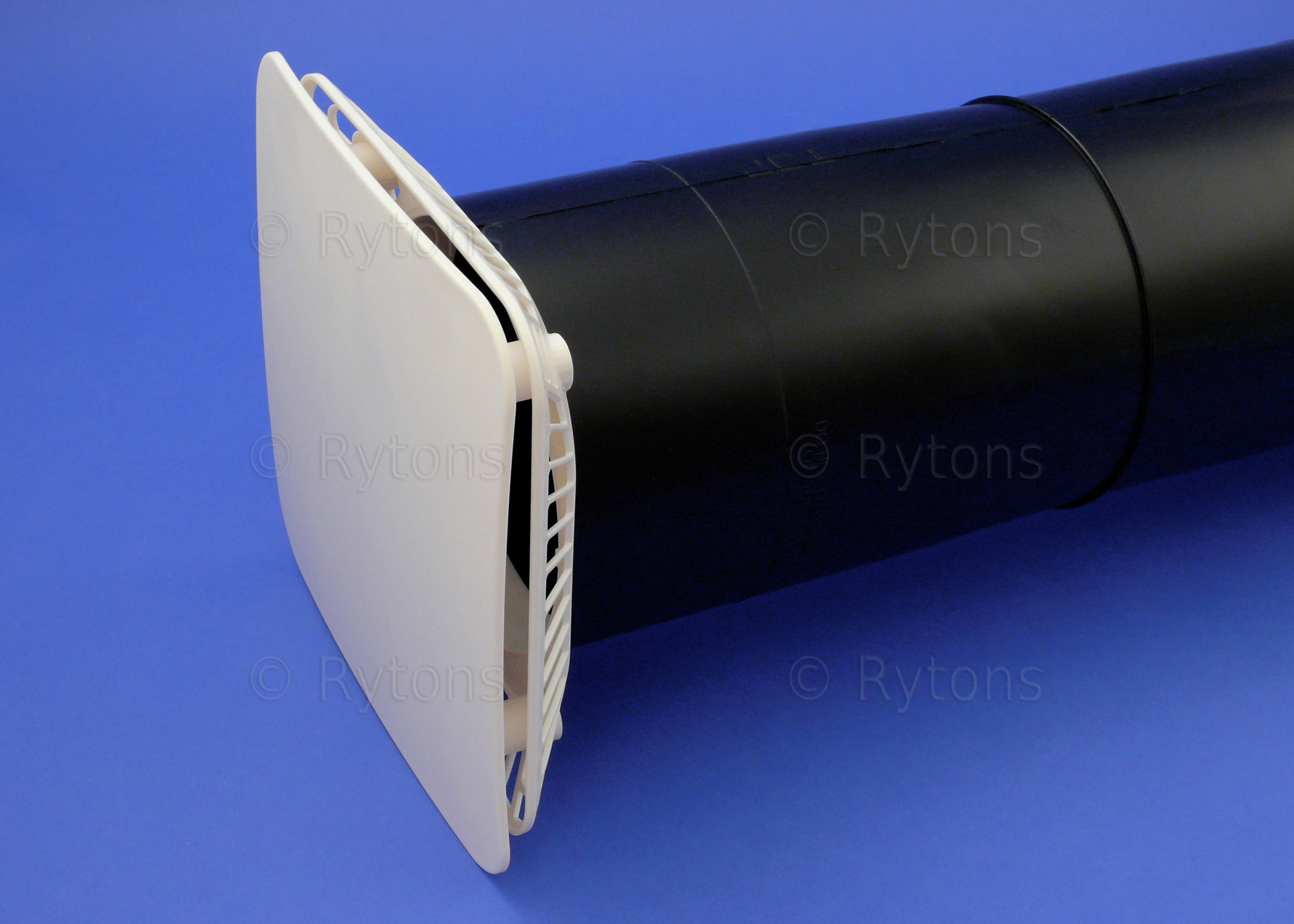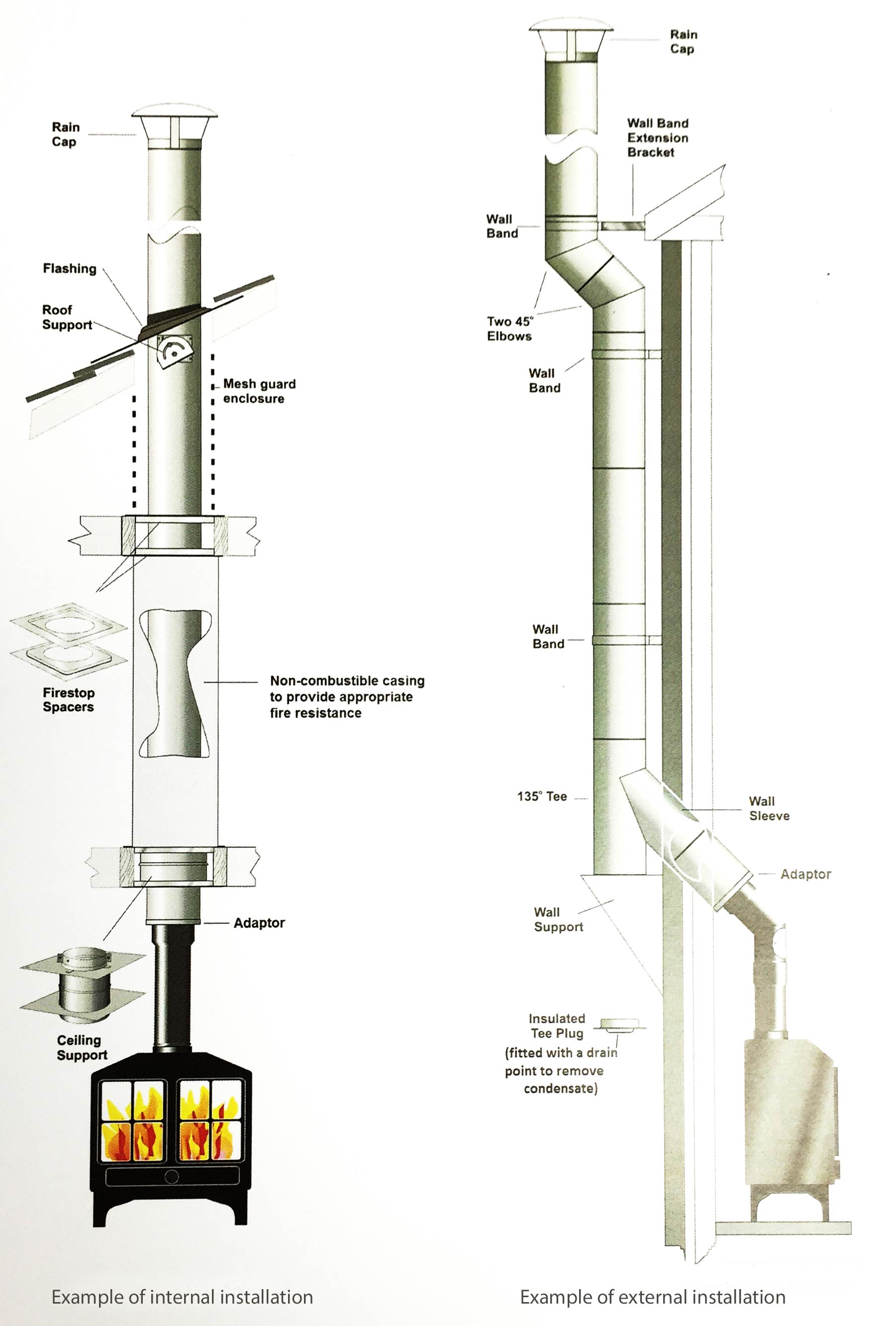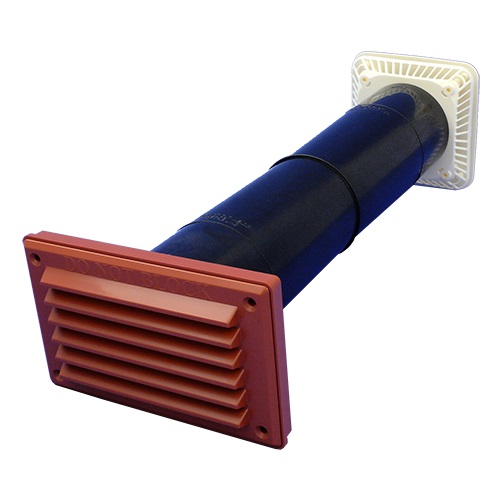
Air Vent With Cowl Installation Products Woodburning Stoves, Multifuel Stoves, Log Burners
Stove room ventilator We supply stove room ventilators which can be fitted simply using a 5" core drill. They incorporate a series of baffles inside to reduce wind noise and they comply with the building regulations for almost any solid fuel stove that you want to fit. For more information please see our stove room ventilation page

Air Vent For Stoves Installation Products Woodburning Stoves, Multifuel Stoves, Log Burners
The internal design of wood stoves has changed entirely since the EPA issued standards of performance for new wood stoves in 1988. EPA's mandatory smoke emission limit for wood stoves was 4.5 grams of smoke per hour (g/h) under Step 1 of the revised standards of performance for wood burning room heaters; Step 2 took effect on May 15, 2020, when.

Air Vent For Stoves Installation Products Woodburning Stoves, Multifuel Stoves, Log Burners
Opening the vent (s) increases the flow of air to the fire, causing the fire to burn through the wood more quickly because it has a greater supply of oxygen. More heat is produced as a result. Closing down the air vent (s) reduces the oxygen supply to the fire, causing it to burn through the wood more slowly, which in turn produces less heat.

Air Vent For Stoves Installation Products Woodburning Stoves, Multifuel Stoves, Log Burners
The air vent on our wood stove supplies both primary and secondary air to the fire ( more about types of air in stoves here ), and is controlled by a handle that sticks out the front of the stove. The main air vent control on our wood burning stove The handle controls an air vent located underneath the stove

How To Use The Air Vents To Control A Wood Stove Wood stove, Wood burning stove, Stove
This means even a 5kw stove will need a permanent air vent if you live in a new build property or if your property has recently been upgraded to a modern standard. It's important to note that the amount of ventilation required will increase dependent on the kW output of the wood burner - the higher the kW output of the wood burner, the more.

Wood Burning Stove vent TexAgs
1. Wood Burning: When burning wood, you can close the bottom (primary) air supply entirely, as wood fires primarily require oxygen from above the fire. 2. Coal Burning: On the other hand, when burning coal, you should control the fire using the primary air vents, as coal fires predominantly draw oxygen from below the fire.

Stove and Fire Air Vent Cast Iron Air Brick Company
How to Use Your Log Burner Vents By: Direct Stoves April 14, 2021 Ventilation is THE key factor in ensuring your wood burning stove operates correctly. Knowing how to properly use your log burner vents will allow you to create perfect ventilation for your wood burner, ensuring peak performance.

Can You Vent A Wood Burning Stove Through A Wall STOVESN
Proper ventilation is necessary to minimise the amount of carbon monoxide produced by burning fuel in your log burner. This means having an open airway into the stove (its air vent) and an opening to the outside (the chimney). Ideally, the room in which the log burner is located should also have decent ventilation.

Wood Burning Stove Installation Southampton, HampshireRJ Ralls
The simple answer is yes they are. When a stove is said to be airtight it means that the movement of air is controlled in and out of the stove by having an airtight seal on the door. Air is introduced into the stove through the air vents, and in case the door and vents are closed the stove will be completely air tight and the fire will go out.

Mini Air Vent For Stoves Installation Products Woodburning Stoves, Multifuel Stoves, Log
October 10, 2019 I've ordered a new multi fuel or wood burning stove to keep the house toasty but my fitter says I need an air vent. So now I want to know: What's the point of spending all that money on a stove if I've got to make a great big hole in the wall? Won't an air vent make it colder than before? Surely it will be draughtier?

How to Vent a Stove (with Pictures) wikiHow
At its core, the primary air vent, often located beneath the stove door, introduces air that fans the initial flames, giving life to the fire. It's this vent that starts the ballet of burning wood, controlling the amount of airflow that enters the wood burner. A secondary air supply becomes crucial as the wood burns and the fire crackles.

Selkirk 284875 VP Pellet Pipe Pellet Stove Vent Kit High Elv (0537130926951)
5. Adjust the air vents. This is the main difference between a log burner and multifuel stove. If you are burning wood, you will want to slowly shut off the bottom vent. If you are burning coal, this will need to stay open. This is because coal burns better if air is circulating from below. Instead, close off the top vent.

Understanding Gas, Wood and Pellet Stove Venting Pellet stove, Stove vent, Wood pellet stoves
The primary air vent is located on the front of the stove, and supplies oxygen to the base of the fire from below through the ash pan compartment. On this model of multi fuel stove the vent can be opened and closed by rotating it. The primary air vent fully open The primary air vent partially open

Parts Of A Wood Burning Stove Explained (With Labeled Pictures) (2022)
published 4 November 2022 Having the right log burner ventilation measures in place is key to keeping your fire burning effectively and your home safe. Here, industry experts answer all your questions (Image credit: ACR Stoves)

Fiberglow 24 Inch Vented Log Burner Set Insert for Natural Gas Fireplaces
Log burners need air vents to function correctly and allow the fire to burn. The vents help to prevent the smoke from coming back into the room, but air vents have damper devices built in that you can open or close to control the amount of air that supplies the fire.

The Necessity Of A Properly Lined Oil Burner Flue — Sag Harbor Fireplace
Stove World UK supplies a direct air feed kit that connects directly to the stove and gives the fire all the oxygen it needs, making it burn to its full potential without creating a draft in the room like standard air vents. In summary: If your house was built after 2008, you will need 550mm 2 of ventilation for each kW output your stove produces